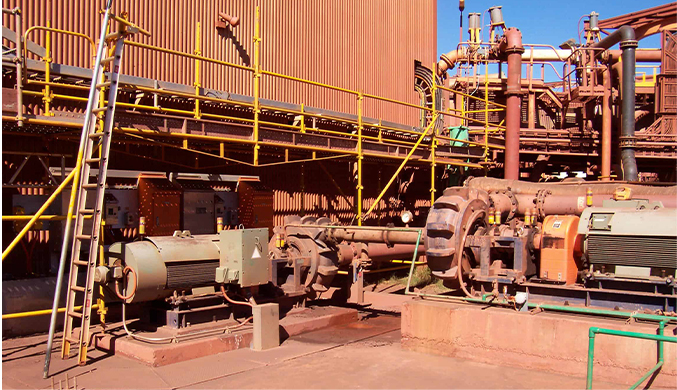Khmer
- Afrikaans
- Albanian
- Amharic
- Arabic
- Armenian
- Azerbaijani
- Basque
- Belarusian
- Bengali
- Bosnian
- Bulgarian
- Catalan
- Cebuano
- Corsican
- Croatian
- Czech
- Danish
- Dutch
- English
- Esperanto
- Estonian
- Finnish
- French
- Frisian
- Galician
- Georgian
- German
- Greek
- Gujarati
- Haitian Creole
- hausa
- hawaiian
- Hebrew
- Hindi
- Miao
- Hungarian
- Icelandic
- igbo
- Indonesian
- irish
- Italian
- Japanese
- Javanese
- Kannada
- kazakh
- Khmer
- Rwandese
- Korean
- Kurdish
- Kyrgyz
- Lao
- Latin
- Latvian
- Lithuanian
- Luxembourgish
- Macedonian
- Malgashi
- Malay
- Malayalam
- Maltese
- Maori
- Marathi
- Mongolian
- Myanmar
- Nepali
- Norwegian
- Norwegian
- Occitan
- Pashto
- Persian
- Polish
- Portuguese
- Punjabi
- Romanian
- Russian
- Samoan
- Scottish Gaelic
- Serbian
- Sesotho
- Shona
- Sindhi
- Sinhala
- Slovak
- Slovenian
- Somali
- Spanish
- Sundanese
- Swahili
- Swedish
- Tagalog
- Tajik
- Tamil
- Tatar
- Telugu
- Thai
- Turkish
- Turkmen
- Ukrainian
- Urdu
- Uighur
- Uzbek
- Vietnamese
- Welsh
- Bantu
- Yiddish
- Yoruba
- Zulu
Telephone: +86 13120555503
Email: frank@cypump.com
សីហា . 14, 2024 20:07 Back to list
Compact Wastewater Pump for Efficient Small Scale Sewage Management and Disposal Solutions.
Understanding Small Sewage Pumps Essential Tools for Wastewater Management
Small sewage pumps play a critical role in the efficient management of wastewater, particularly in residential and commercial settings where gravity drainage isn’t feasible. These compact devices are designed to transport sewage and effluent waste from lower levels to higher elevations, ensuring that waste is effectively moved to septic systems or municipal sewer lines. Understanding how these pumps work and their applications can help homeowners and businesses make informed decisions about wastewater management.
What is a Small Sewage Pump?
A small sewage pump is a submersible or effluent pump specifically engineered to handle the transportation of sewage containing solid waste, liquids, and various other materials. Unlike standard water pumps, which are designed to move only clean water, sewage pumps are built to deal with a wide range of particulates. Generally, they are used in locations where wastewater needs to be moved against gravity, such as in basements or lower levels of a structure.
Key Features and Operation
Small sewage pumps usually feature a robust motor and an impeller designed to crush solids and move waste effectively. They come in various sizes and configurations, but many share common components including
1. Submersible Design Most small sewage pumps are submersible, allowing them to operate while submerged in sewage. This design minimizes noise and prevents pump cavitation. 2. Float Switches Many units come equipped with float switches that automatically turn the pump on or off based on the water level, providing automated drainage without constant manual intervention.
3. Durable Materials Given the harsh nature of sewage, these pumps are often constructed from corrosion-resistant materials like stainless steel or thermoplastic, which enhance durability and extend the pump's lifespan.
4. Various Horsepower Ratings Small sewage pumps can vary in horsepower, typically ranging from 1/2 to 2 HP. The choice of horsepower usually depends on the volume of sewage to be pumped and the height to which it needs to be lifted.
small sewage pump

Applications
Small sewage pumps are utilized in a myriad of situations
- Residential Homes Many homes, especially those situated in low-lying areas, rely on sewage pumps for effective bathroom drainage when gravity flow is not possible. - Commercial Establishments Restaurants, hotels, and other businesses often use these pumps to manage wastewater efficiently, ensuring compliance with health regulations and preventing overflow.
- Construction Sites Temporary sewage pumping setups are frequently employed on construction sites to handle wastewater during the building phase of a project.
- Septic Systems Small sewage pumps are essential components in many septic systems, helping to distribute effluent to drain fields.
Maintenance and Care
Like any mechanical device, small sewage pumps require regular maintenance to function optimally. Routine checks for clogs, wear, and tear on components such as the motor and impeller are essential. It is also recommended to periodically clean the pump and its housing to prevent buildup of grease or debris that could hinder efficiency. Additionally, ensuring that electrical connections and float switches are in good working condition can enhance the longevity of the pump.
Conclusion
Small sewage pumps are invaluable assets in the realm of wastewater management, helping to maintain sanitation and facilitate the safe discharge of sewage. By understanding their operation, applications, and maintenance needs, homeowners and businesses can ensure that they are equipped to handle their wastewater needs effectively. Investing in a reliable sewage pump and maintaining it properly can make a significant difference in preventing accidents, health risks, and costly repairs down the line.
-
Custom Drilling Mud and Slurry Pump Supplier - High Efficiency, Tailored Solutions
NewsJun.10,2025
-
Supply Vertical Submersible Sewage Pump High-Efficiency WQ/QW Pumps Supplier
NewsJun.10,2025
-
Premium Sewage Ejection System & Pumps Efficient Waste Removal
NewsJun.09,2025
-
Premium Wholesale Slurry Pump Impellers Durable & Efficient Slurry Handling
NewsJun.09,2025
-
Top Sewage Pump Companies Durable Industrial Solutions for Efficiency
NewsJun.09,2025
-
Heavy Duty Slurry Pumps - OEM High Performance & Bulk Wholesale
NewsJun.09,2025










